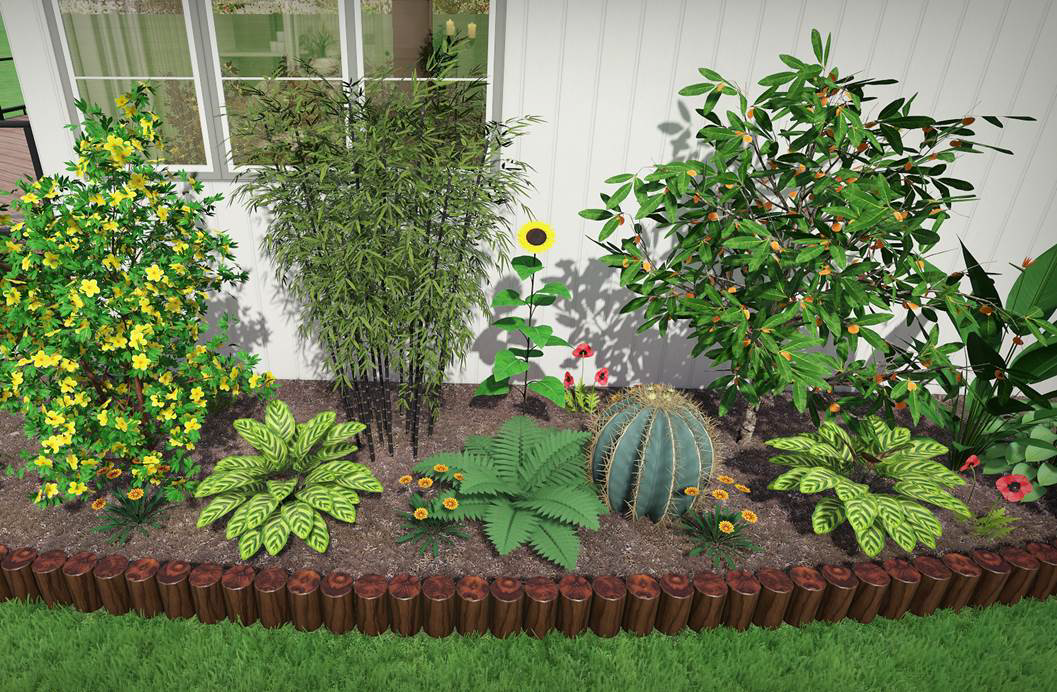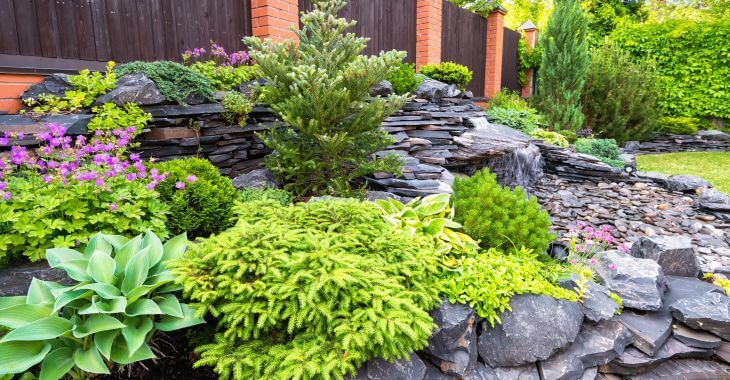7 Simple Techniques For Landscapers
Table of Contents7 Easy Facts About Landscapers Shown3 Simple Techniques For Landscapers6 Simple Techniques For LandscapersThe 20-Second Trick For LandscapersThe Single Strategy To Use For LandscapersLandscapers Can Be Fun For Anyone
- A yard feature where water is represented by an accumulated rock product, typically a crushed rock or granite. These are most commonly found in contemporary and Japanese yard layout.- A stone or flagstone outdoor patio, course, or sidewalk built without a concrete base. The base would be compacted gravel and the joints would be an accumulation or walkable ground cover. - A rock preserving or complimentary standing wall developed without the use of mortar. - An underground structure that accumulate water and permits it to reduce percolate right into the soil around it.
Landscape style that is compatible with a websites' atmosphere in both appearance and sustainability without adverse effects to the atmosphere. Bordering in the landscape is a line of separation that creates aesthetic rate of interest in the garden by dividing one sector from an additional segment.
Locations can also have a sensation of "enclosure" supplied by trees, other growings, fencings, or screens. The landscape near the entry to a structure.
Some Known Details About Landscapers

The element in a landscape design or area in a landscape that is meant to be most popular. The prime focus can be a plant, boulder, statuary, collecting room, or various other landscape attribute. A design of gardens or garden elements that stress straight lines, right angles and circles. Shrubs or hedges found in beds near the foundation of a home or other structure.

An Unbiased View of Landscapers
Rock item, either rounded or fractured, that is relatively little- generally 1" or less. Low plants that are permitted or encouraged to spread over a location. Can describe any "difficult" yard components including statuary or stones yet most frequently is made use of to refer to paths, outdoor patios, and walls.: Height distinction in between the degree of water in a pond (or the level of the pump if it sits outside the fish pond) and the top electrical outlet of water which impacts performance of the water pump in gph (gallons per hour). Dense bushes or trees that create a fencing, screen, or border.
A chemical made use of to regulate weeds. Fencing boards that run flat, often used in modern or Japanese-inspired landscape designs. Lines that define spaces within a landscape concept. These often extend from corners or key features of an existing framework. Correct usage of fictional lines can assist the landscape feel connected to the home and other components.
Conventional PNW landscapes are casual. A plant that spreads out more than wanted, or right into habitats where it does damage.
What Does Landscapers Do?
Can include head placements and protection, pipeline sizing, GPM specifications, and products needed to install this system. Certified expert that makes landscapes, schooled in engineering and architecture as well as in gardening.
The specialist that plans and establishes landscape tasks, generally at a residential or small industrial level with the major style incentive on growings. Landscape developers typically have much less education than Landscape Architects and are not licensed. A finished landscape layout, detailing all elements for the new landscape. This typically takes the form of a drawing on paper.
Utilizing many growings of the exact same variety to load in an area in the landscape. This can decrease maintenance and water use in the yard.
A mix of cement, sand, and water that is made use of in stone stonework for establishing stones and joints. A layer of garden compost or bark dust used at the base of a plant. A mass planting of moss. A plant that existed in a geographic area before individuals started transforming the landscape.
Excitement About Landscapers
Exactly how the yard or a garden aspect is prepared in relationship to an existing or new function or to an instructions. Maintaining a yard without the usage of chemical herbicides, chemicals, or fertilizers. Turfs that are not cut yet expanded in landscapes as perennials. This is a partially click open sided relaxation or leisure area that adjoins a home, made use of for enjoyable, outdoor dining and just taking pleasure in the exterior environment.

Small round crushed rock. Plants that supply seasonal rate of interest and after that die back in the winter months. Annuals do not return the complying with season, yet perennials do. Cold period turf that is the most usual turf grass in Rose city, additional hints OR et cetera of the PNW.An open roofed structure over a patio area or other landscape feature.
The most typical landscape gravel in the PNW. Area of the landscape made to deal with rainfall water until it can soak right into the ground.
Structure made from timber, concrete, paving stones, blocks or various other materials for supporting inclines and avoiding extreme disintegration. Narrow watercourse. Developing a yard feature being composed largely of stones with plantings that match and can grow in the rocky atmosphere. Lawn sprinkler head design that revolves a stream of water across an area.
A Biased View of Landscapers
